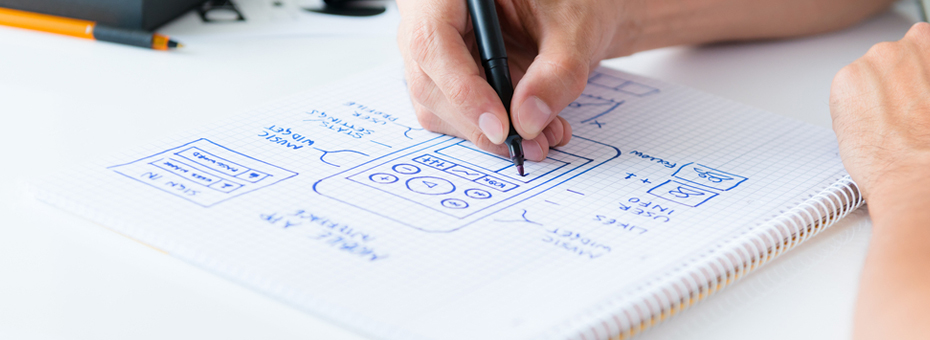Senior Advisor for Lean Product and Process Development at LEI, Jim Morgan, recently joined Ron Pereira for a Gemba Academy podcast on what makes lean product and process development so powerful and the future of the field. Over the course of their wide-ranging discussion, Morgan covers core lean product and process development (LPPD) concepts, what makes LPPD different from traditional product development, what he’s learned about business and personal development from Brazilian jiu-jitsu, and what the lean concept of “respect for people” really means. Morgan also shares a bit about LEI’s learning partnerships with high performing companies, all looking to strengthen their product development systems. Excerpts from the conversation are below. Listen to the entire conversation here, and be sure to join Morgan and other lean thinkers and practitioners next month at the Lean Product and Process Development
Jim Morgan on what he’s learned about lean product and process development as an executive and researcher:
I worked in industry for 12 years before returning to UMich to get my PhD… I did my dissertation on product development at Toyota. I did a 2 ½ year comparative study on Toyota product development with a number of their competitors. And I found not only that they were far better, far more successful with regard to lead time, cost, quality, transaction prices—almost every aspect of product development—but that their system was profoundly different than what their competitors were using and what we had seen, quite honestly, anywhere else.
We organized what we saw into a socio-technical model and identified what we thought were key attributes that made their system so powerful. That socio-technical model is what provided the basis for the Toyota Product Development System book I wrote with Jeff. [After the book], I went to work at Ford where I had this incredible opportunity to work with some phenomenal people in their product-driven revitalization. If you recall at that time, 7 or 8 years ago, Ford was in a really bad place. And Alan Mulally joined the company maybe a year after I got there, and he really focused the entire organization on creating products that our customers would want and would pay for. In order to do that we had to completely reinvent the development system, we had to change our organizations, and of course we had to completely reinvent the entire product portfolio… Now I have an equally unique experience to work with guys like Jim Womack and John Shook at the Lean Enterprise Institute and this group of companies we’re working with take all of this to the next level.
On the differences between LPPD and “traditional” product development:
Like any lean system, it starts with deeply understanding the customer, understanding the environment, and the unique value that your product can deliver. And until you understand what the product really needs to be and how it delivers value, there’s really no point in going any further. So it really stresses this idea of immersing yourself in the environment. There’s great stories about the Sienna mini-van chief engineer who spent a year driving around North America… or Dave Pericak and the mustang community. So it’s way more than just asking your customer, although that’s part of it.
Design is about context, so understanding that context – experimenting, using a set-based approach to design… the chief engineer concept paper that allows you to communicate this vision with the rest of the organization and get aligned… that’s crucial upfront. Once you understand that, it’s about creating flow… and precision and speed getting to market. There are a number of different techniques and tools and methodologies you can use. Compatibility before completion, synchronizing activities across functions… a system of standards that allows you to not reinvent things that don’t need to be on each program. A real focus on learning and knowledge creation longer-term, how to use design reviews… so many things that make up [what LPPD is]. But more important than anything else and what really differentiates LPPD is this focus on people. It’s a people-centric system. A focus on developing people and products simultaneously.
On the potential of lean product and process development to transform organizations:
Product development isn’t an engineering thing. It’s an enterprise thing where you need to bring engineering and industrial design and marketing and manufacturing, finance, purchasing all together. The product of that company is the one that they all have in common. So [LPPD] is really a powerful lever to bring the organization together and do serious work around creating a lean enterprise.
On the most common challenges associated with implementing LPPD systems:
Achieving high levels of collaboration can be tough in some organizations. Some organizations have been walled off for so long it can be difficult to break down those barriers… Without leadership commitment, it can be very challenging to implement something like this.
Also, getting access to actionable knowledge. There’s a lot of information out there, a lot of different consultants who may or may not be very knowledgeable about theory, but don’t have a lot of hands-on experience… Also, companies tend to hold their product information fairly close to the vest. So it can be difficult to get information to get started on this journey.





